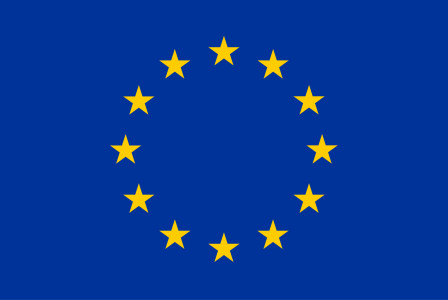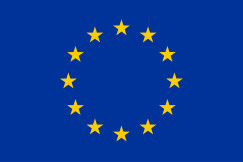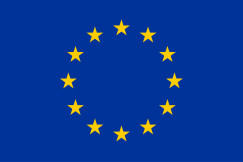Legislation
27 March 2025
Country of Origin Regulation
Legislation
27 March 2025
1. Healthy, balanced and sustainable diets for all European consumers
2. Prevention and reduction of food loss and waste
3. A climate - neutral food chain in Europe by 2050
+4 more
Login / create an account to be able to react
-
38

EU regulations ensure consumers have the information needed to make informed food choices, particularly concerning the origin of products. Regulation (EU) No 1337/2013 complements Regulation (EU) No 1169/2011 in mandating clear labelling of country of origin for fresh, chilled, and frozen meat from swine, sheep, goats, and poultry. The rules prevent misleading claims about a product's origin, reinforcing consumer trust and transparency in the food industry.
Editorial team
European Commission - DG AGRI
Topics
EU-27
EU Institutions
-
CoC aspirational objectives
-
-
1. Healthy, balanced and sustainable diets for all European consumers
-
2. Prevention and reduction of food loss and waste
-
3. A climate - neutral food chain in Europe by 2050
-
4. An optimised circular and resource-efficient food chain in Europe
-
5. Sustained, inclusive and sustainable economic growth, employment and decent work for all
-
6. Sustainable value creation in the European food supply chain through partnership
-
7. Sustainable sourcing in food supply chains
-
Share
The free movement of safe and wholesome food in the EU is of major benefit to the public’s health and well-being and is an essential feature of the single market. In addition to guaranteeing a high level of health protection, EU law ensures that consumers receive appropriate information to make informed choices in the food they purchase and consume.
Regulation (EU) No 1337/2013 provides guidelines for the implementation of Regulation (EU) No 1169/2011 concerning the indication of the country of origin or place of provenance for fresh, chilled, and frozen meat from swine, sheep, goats, and poultry.
These regulations aim to uphold consumers' right to information by establishing the general principles, requirements, and responsibilities for the labelling of foodstuffs they consume. They apply to businesses at all stages of the food chain and cover all foods intended for final consumption. The responsibility for providing accurate information falls on the manufacturer marketing the food under their name. If the manufacturer is based outside the European Union (EU), the responsibility lies with the importer.
The general rule stipulates that indicating the country of origin or place of provenance is mandatory if failing to provide this information could mislead consumers regarding the true country of origin or place of provenance of the food. This requirement becomes particularly pertinent if the accompanying information or the label's overall presentation might otherwise suggest a different origin or provenance. Origin labelling is specifically required for fresh, chilled, and frozen meat from swine, sheep, goats, and poultry, with the indication of the place of rearing and the place of slaughter.
Related regulations:
Commission Implementing Regulation (EU) No 1337/2013 laying down rules for the application of Regulation (EU) No 1169/2011 as regards the indication of the country of origin or place of provenance for fresh, chilled and frozen meat of swine, sheep, goats and poultry
Regulation (EU) No 1169/2011 on the provision of food information to consumers
Comments (0)
See also
Official Controls Regulation
- Categories
- 2. Prevention and reduction of food loss and waste 3. A climate - neutral food chain in Europe by 2050 4. An optimised circular and resource-efficient food chain in Europe +3 more
Food Contact Materials
- Categories
- 2. Prevention and reduction of food loss and waste 3. A climate - neutral food chain in Europe by 2050 4. An optimised circular and resource-efficient food chain in Europe +3 more
Renewable Energy Directive
- Categories
- 2. Prevention and reduction of food loss and waste 3. A climate - neutral food chain in Europe by 2050 4. An optimised circular and resource-efficient food chain in Europe +3 more




